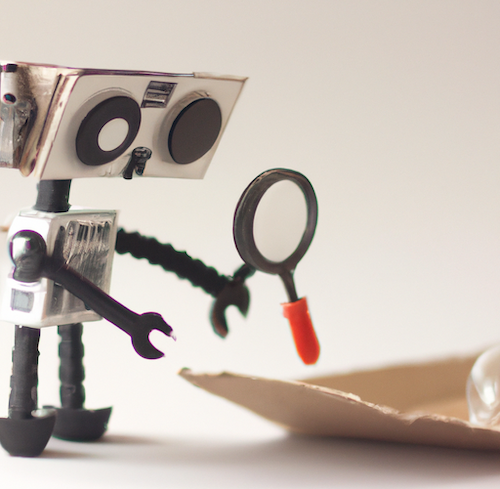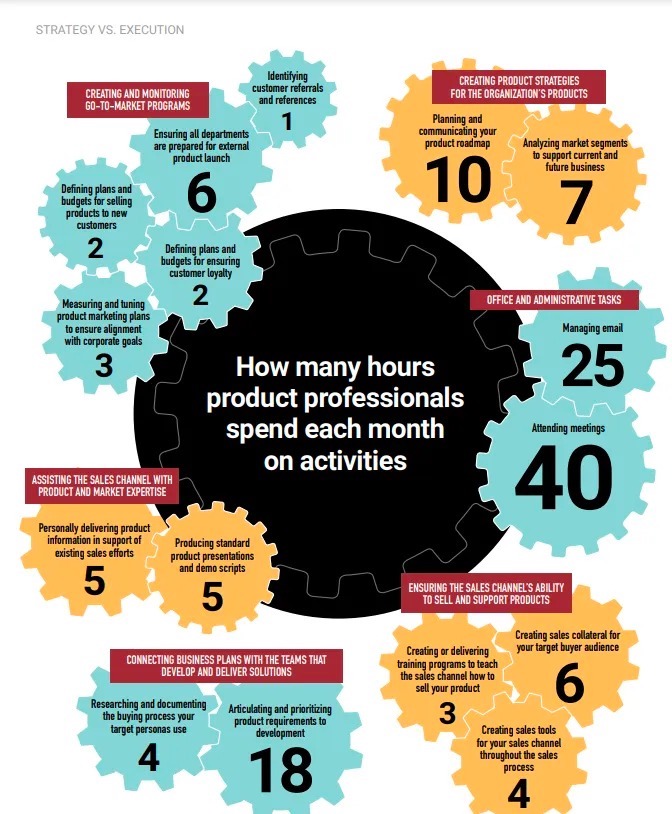What Product Organisations in Asia are Doing Well
Over the past few months, I have conducted...

The job of a Product Manager is quite simple: find out what is the most important thing to be doing and then do it. Of course the difficulty lies in how do we find out what is the most important thing to do… enter Product Discovery: the process of finding out what is that important thing to be doing!
First a clarification on what is meant by Product Discovery… Product Discovery is not “talking to users” or doing “user interviews”. To be sure user interviews can be an extremely effective way to conduct Discovery, but it is not the only way! Another source of confusion is that Product Discovery is the same as user research – they are not the same thing. I’d argue that user research is a subset of activities that support Product Discovery but is not the same thing. User research is a way of finding out your user’s needs and pain points (and aspirations and feelings, etc). Product Discovery on the other hand is all about finding out which problems your users have that are worth solving and figuring out what solution is worth building. Effective Product Discovery leverages user research insights, market insights, etc and marries these with insights on what is possible (just now) to be built and the business goals of the organisation.
The most common complain I hear from Product organisations is: we don’t have time to do product discovery. It is true that the bulk of a product professional’s time is spent in execution – be it on GTM activities or working with the development teams in articulating what needs to be built. In the heat of executing and with so many internal demands for product manager’s time, it is indeed tough to say: “I will devote time to figure out what to do next!” But, execution without taking the time for Product Discovery, is like driving a car at high speed without taking the time to look up directions or read the road signs: You will get somewhere quickly – but that might not be where you need to be!

Product Discovery is a de-risking activity, just like looking up directions, consulting a GPS or looking out for road signs ensures you are driving towards your destination, Product Discovery ensures that you are building what needs to be built and no more. Think about your product discovery as all the activities that lets you de-risk your 4 product risks: value risk, feasibility risk, usability risk and your business viability risk.
A commonly cited statistics is “90% of product features fail to delivery the intended value”. This statistic / statement has quite obvious implications. First, whatever you are building, chances are no one is going to care about it. Second, 90% of all the time and effort in building and launching features is time and effort that could be better spent in some other activity. Third, improving the success rate of your product features launches offers one of the most favourable ROI for your organisation.
In this blog post, we have shown how experimentation (a critical activity in product discovery) can improve the ROI of product development by 25%. It is not difficult to see how similar thought process can be applied to any discovery activity: conducting product discovery can be vastly cheaper and faster than building and launching a new feature.
Once you factor in all the costs of building and launching a new feature: the development cost, the documentation costs, the GTM costs, the ongoing maintenance costs, added complexity (an often under-appreciated cost), etc, you can start appreciating the time spent in avoiding (or at least de risking) wasting this investment on features that no one needs.
Written by